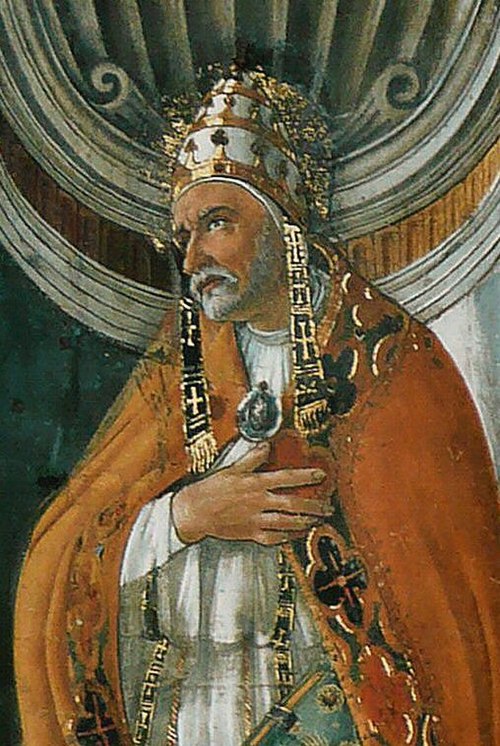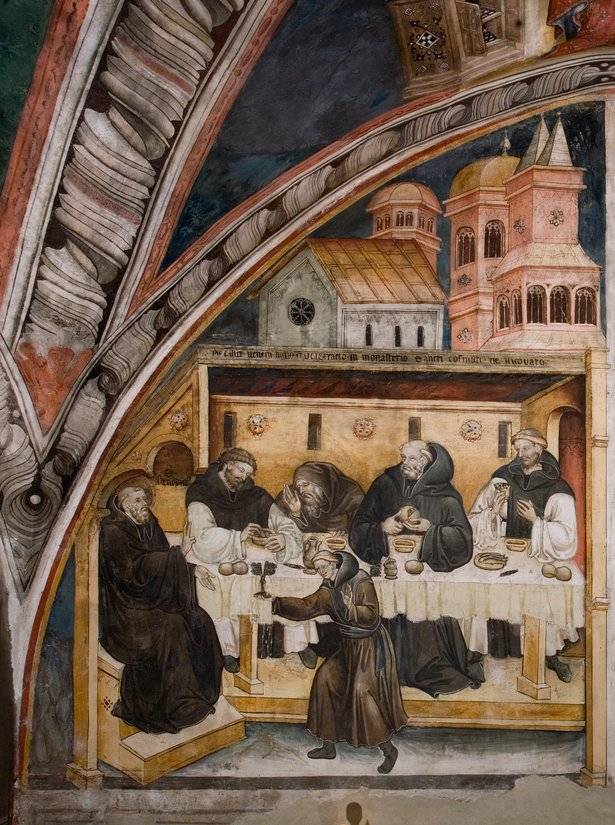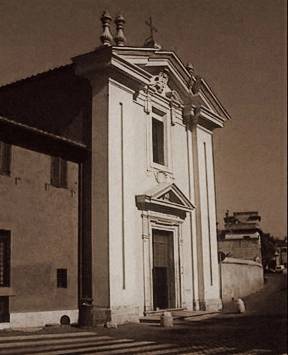Blessed Schuster’s Daily Thoughts on the Rule: Wednesday after the Third Sunday of Lent
Wednesday after the 3rd Sunday of Lent
The Traditions of the Elders

1. Today the Station is on the Via Appia at the titulus of Saint Sixtus. The acts of his Martyrdom describe him to us as already an old man; hence the Gospel treats of the tradition of the elders.
One should note well, however, that there are two traditions. There is that of the Holy Fathers, who founded and organised the monastic life in our abbeys; and this it is necessary to preserve undefiled, as a sacred family patrimony.
In this regard Saint Benedict sets it down:
‘The eighth degree of humility is when the monk does nothing except according to the common Rule of the monastery, or according to what the example of the Elders encourages.’ (Rule, Ch. 7)
To act differently and have the taste for new and personal things seems presumption and vain glory.
***

2. There is, on the other hand, a tradition which supplants and substitutes itself for the law of God or the Ecclesiastical Rules, as was that of the Sanhedrin, and as Saint Benedict sadly discovered among the monks of Vicovaro.
The Patriarch alludes to these sorrowful situations in Chapter 64, where in the case of a nomination of an unworthy abbot on the part of unfaithful electors, he solicits the intervention of the abbots, or even of the good Christians of the territory, so that they may hinder it and may themselves make their influence felt with the competent Authorities.
He then adds: Scientes pro hoc se recepturos mercedem bonam, si illud caste et zelo Dei faciant, sicut e diverso peccatum, si negligant. (Rule, Ch. 64: ‘Let them know that for this act they will receive its reward, if however they do it without passion and out of zeal for the honour of God. They would sin, on the other hand, in not interesting themselves in it.’) Pontius Pilate, who washed his hands so as not to have any troubles, is commemorated by himself in the Credo!
Saint Benedict of Aniane, Saint Odo, Saint Bernard, Ludovico Barba,1 etc., are all people who broke definitively with the current tradition, bringing back Benedictine discipline to its authentic sources in the observance of the Holy Rule.
***
3. Near the titulus of Saint Sixtus arose that known as de Fasciola, where Saint Peter had encountered Jesus Who was returning to Rome to be crucified there again. Domine, quo vadis? Eo Romam iterum crucifigi. [Lord, where goest Thou? I go to Rome to be crucified again.]
In today’s Gospel pericope there is therefore a place of honour for the Prince of the Apostles.

Saint Peter prays the Lord to explain the parable privately to the Twelve. The Divine Master condescends, showing that what can stain the conscience are its moral acts, and not simply external ritualism.
The warning is very important. In the monastic life too, the liturgical ceremonial is quite developed and complicated. Let us nonetheless be careful not to think that all those bows and genuflections are enough to sanctify us.
The Cassinese Patriarch [St Benedict] wrote a golden maxim:
Et mens nostra concordet voci nostrae. (Rule, Ch. 19: ‘Let our mind be in accord with our voice.’)
The external rite becomes life-giving [It. vitale] through the spirit that pervades it. Otherwise, it is simply play-acting.
1 Ludovico (or Luigi) Barbo, was a 15th-century monastic reformer who founded the Benedictine congregation of Santa Giustina.—tr.
